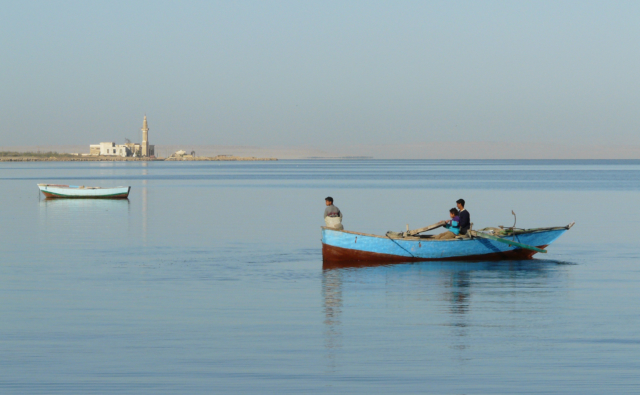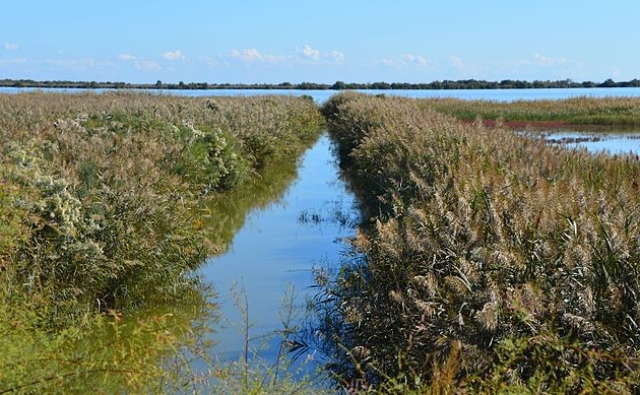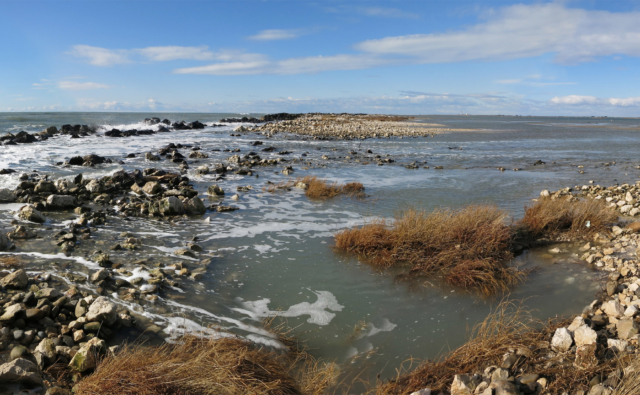In order to better characterize the health status of Mediterranean wetlands, the changes they are undergoing at large spatial and temporal scales, in order to target the most appropriate conservation and restoration measures, it is often crucial to have high quality mapping data on these environments, providing information on their location, boundaries, habitat types, the main ecosystem services they provide, as well as the threats facing them. Such mapping data, including national wetland inventories, have always been considered by the Ramsar Convention as a key instrument on which to base national policies for the wise use of these ecosystems. Moreover, it is clear that the development and implementation of wetland strategies requires basic knowledge of these areas. The lack of reliable data and information on a country’s wetlands is often one of the major obstacles preventing the implementation of effective conservation, enhancement, and restoration measures.
Earth Observation (EO) data can be used to meet these monitoring needs in an accurate, comprehensive, harmonized, and cost-effective way. For over ten years, the Tour du Valat has been developing real expertise in this field, which it now provides to various institutional and civil society partners in all MedWet countries. This expertise was gained mainly in the ESA GlobWetland-II (2010-2014) and Horizon-2020 Satellite-based Wetlands Observation Service (2015-2019) projects, in which our team participated actively.
In this context, the Mediterranean Wetlands Observatory (MWO) is developing an innovative mapping approach to better target areas where lost wetland habitats can be recreated and restored. This work is based on large-scale Potential Wetland Mapping (PWM), which uses hydro-ecological data (e.g., topography, surface runoff, geology), combined with climatic variables, on surface water dynamics, in addition to a layer that masks buildings. The result is a pan-Mediterranean map that indicates the probability of the presence of wetland habitats, according to the criteria listed above (Figure 1a et 1b).
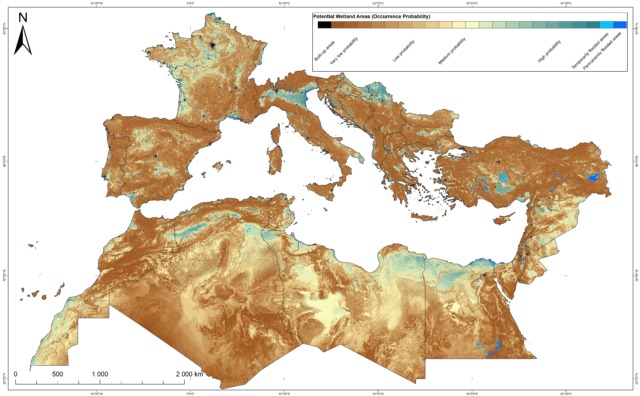
This map could therefore help to locate and delimit former wetlands that have been transformed due to human activities, either drained or converted to other types of land use, such as farming. Therefore, this map of Potential Wetlands could be used as a tool to better prioritize areas for future restoration action.
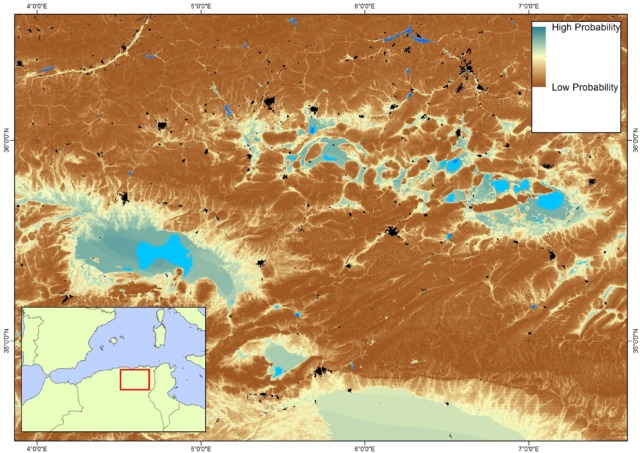
Compared with other spatial data, such as land use and protection status, this Potential Wetlands map would also make it possible to estimate, in a very qualitative way, the effort needed to restore lost wetland habitats. An initial study has been carried out along these lines for the northern part of the Mediterranean Basin and the findings are shown in Figure 2a.
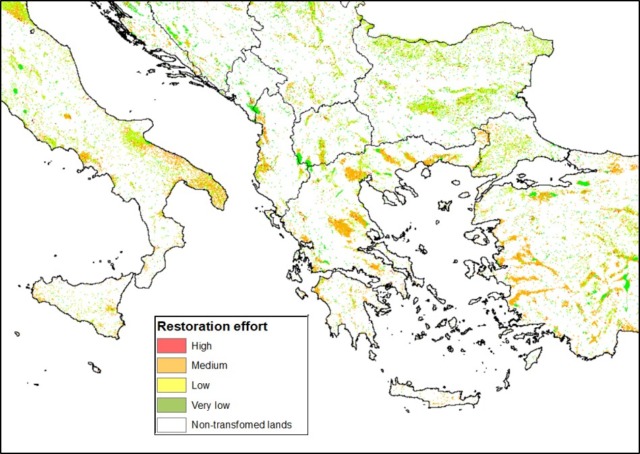
With this result, we can easily identify some large wetlands that have been completely drained, such as the Maliqi marshes in Albania (Figure 2b), drained and converted to cropland during the 1940s-1950s, mainly for sugar-beet production.
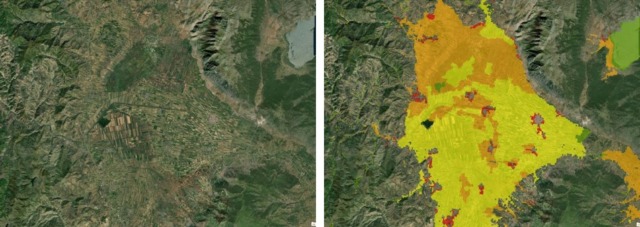
These new data, produced by the MWO, will soon be made available to all Tour du Valat partners and can therefore be used by all stakeholders working for the best management of wetlands in the Mediterranean as a reference base for better locating and prioritising large-scale conservation and restoration efforts (national and/or regional).
Contact : Anis Guelmami (e-mail), project leader – Wetland Dynamics and Water Management Theme
